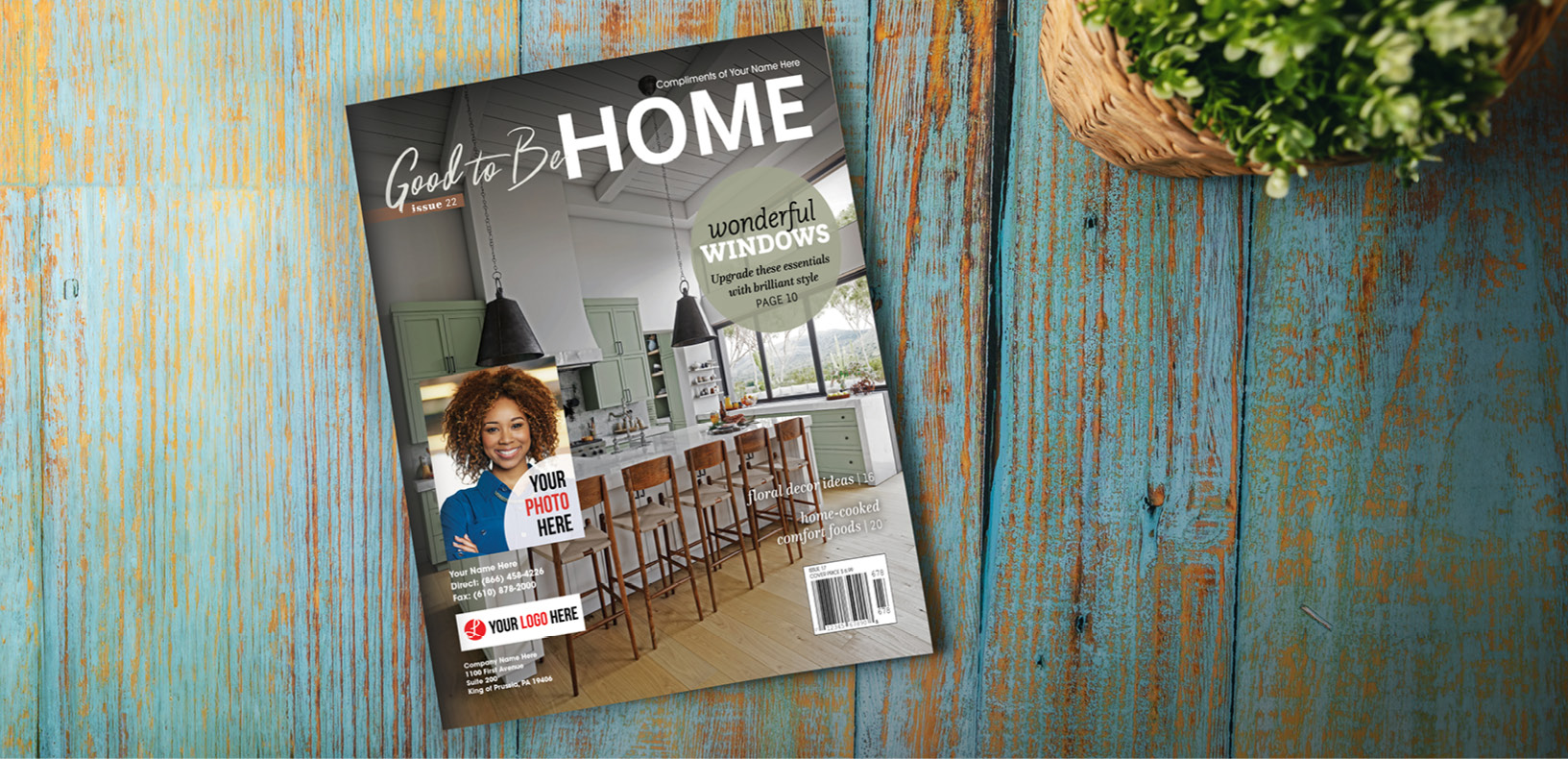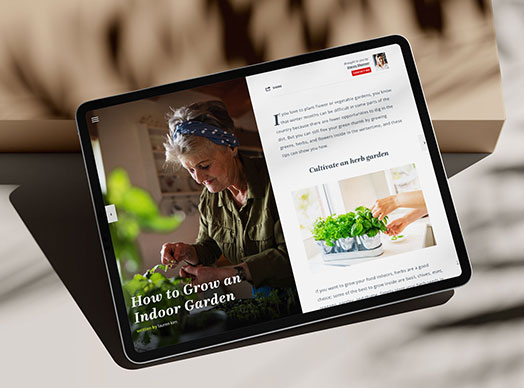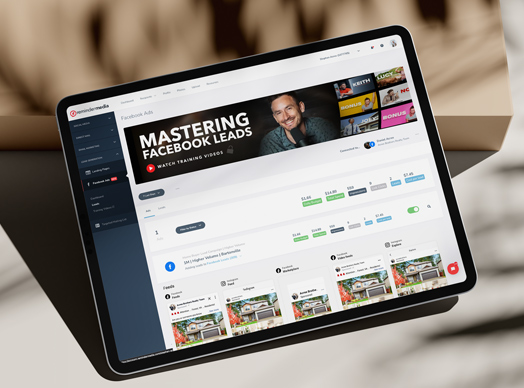With so many digital resources at our fingertips, some question the efficacy of traditional marketing, begging the question: in the digital age, is print marketing still relevant?
Traditional marketing typically includes any type of print marketing (e.g., newspapers, brochures, magazines, and flyers), but it also includes television and radio advertising. Print marketing has been around since . . . well, printing. But now, with more and more digital resources at our fingertips (social media, email, and the like), there are those who question its efficacy, especially business owners whose primary concern is to create more revenue. The situation begs the question: in the digital age, is traditional marketing still relevant?
Print marketing retains its rightful place
While the internet and social media are constantly changing the meaning of “effective marketing,” they’re not the only route to take. Businesses still value traditional marketing because it still works. Quite simply, regardless of their importance (and they are important), relying on Facebook ads and social media posts alone isn’t a surefire way to connect with prospects and clients. There’s still a vast number of people, including those who regularly use the internet, who trust and rely on print mediums every day for information. Adapting to technology is necessary, but it doesn’t require that we throw the baby out with the bathwater.
Print has staying power
For small business owners and solopreneurs in particular, there remains a significant and unique advantage to print marketing that proponents of digital marketing haven’t figured out—longevity. Collateral like magazines and books can sit on a coffee table for weeks, even months. Consumers keep them for practical reasons since they include information for use and reference, but they also use them to decorate their living spaces. Whether it’s dog-earring a story that resonated, a recipe for safekeeping, tearing out contact information to keep or share, or saving a special offer to put on the fridge, these traditional forms of print media are still a regular part of everyday life.

Collateral like a personally branded magazines can sit on a coffee table for weeks, literally keeping your brand in front of your audience.
Change is inevitable in the marketing world, and keeping an eye to what’s next is important in any business. However, promoting your brand through conventional tactics still produces big payoffs. While longevity plays a role, so does the difference in the real and perceived qualities of print versus digital mediums.
Print is enjoyable
As I’ve noted, a high-quality print publication will often occupy a spot on consumers’ coffee tables, something that digital marketing tools have yet to earn. As a case in point, 52% of those who receive a personally branded magazine from one of our clients keep their copies on their coffee tables for up to 10 weeks*.
A tangible, physical object like one of our personally branded magazine enjoys the coveted attention of those who pick it up. There is literally a tactile experience that influences perceptions of value and trust that, in a most fascinating way, extends to your brand. While your prospects and customers are turning the pages of your magazine—with its heavyweight, glossy paper; gorgeous photos; engaging articles; and enticing, can’t-wait-to-be-tried recipes—they’re associating its quality with you!
Compare this experience and its brand-boosting benefits to posts that fall prey to the rapid scroll of social media users, and you’ll quickly realize that print marketing is a highly effective and powerful method for reaching and connecting with clients and prospects.
It’s important to recognize the pros and cons of all aspects of marketing, and having a healthy mix of digital and traditional approaches helps ensure you maximize your exposure across multiple channels. Think about what works best for you and your business, rather than only looking at what’s trending. Traditional marketing methods should remain a vital part of your overall marketing strategy, and not as something “old school.”
Next time you sit down to developing your marketing plan, don’t forget about the effectiveness of traditional tactics that are anything but out-of-date. And if you’d like to get a free sample of any of our four personally branded magazines, with no obligation to you, click here, and we’ll be happy to send a PDF copy to your inbox.
*2023 ReminderMedia Reader Study conducted by GfK MRI-Simmons





















